How to Insulate Wall with Spray Foam?
Robin Barry describes the duty of a wall as providing resistance to the superfluous flow of heat both from inside to outside and from outside to inside during periods of cold or hot, seasonal outside temperatures to have reasonable indoor comfort in his book The Construction of Buildings. Polyurethane (PU) based materials are considered the most effective materials in increasing the resistance to heat since they act as insulation.

Different wall insulation options contribute to the wall to fulfill this task effectively and increase your comfort at home. As you can hire contractors, you can also insulate the walls yourself. You can easily complete the insulation installation by wearing protective equipment and following the necessary steps.
How Should You Decide How Much Insulation to Install?
The climate is important to decide the quantity of insulation. You should check the climate zone according to your location and install the necessary amount of insulation by the zone. You can use the R-value table to decide the amount of insulation with regard to your specific location.
What Are the Benefits of Wall Insulation With Spray Foam?
Wall insulation with spray foam attracts people when they know more about its benefits. The major benefit of spray foam is that it is convenient for both old and new houses. And it offers comfort and energy efficiency. Here are the benefits of spray foam wall insulation:

Safe for Your Health
Spray foam consists of isocyanate and polyurethane. However, it is not harmful to your health, even if you are chemically sensitive. Therefore, you need to install it properly and carefully.
Mold Resistant
Spray foam insulation does not provide ground for mold and bacteria to come into existence, thanks to its inert polymer component. It has a water-resistant structure to maintain its stability in preventing mold and does not allow the formation of dew point.
Eco-friendly
According to the EPA, Global Warming Potential is a measure of how much energy the emissions of 1 ton of a gas will absorb over a given period of time, relative to the emissions of 1 ton of carbon dioxide (CO2). Since closed-cell PU Foams have low GWP, they are considered alternatives in building/construction for transitioning to low GWP and ODP (Ozone Depletion Potential).
By using proper closed cell spray foam with an incredibly low global warming potential, spray foam insulation will reduce your carbon footprint over the course of its lifespan.
Eliminates Thermal Bridges
Thermal bridging is the often unavoidable connection between interior and exterior elements of an assembly, such as a window frame or wall framing system. Thermal bridging reduces efficiency of any space that is conditioned due to the loss of heat transfer in either mode of heating or cooling. Installation spray foam to walls (cavities, wall frames, studs etc.) will completely prevent thermal bridging.
Excellent R-Value
Spray foam insulation maintains its R-value over time and even in severe weather conditions. Aged R-value for open-cell products is 3.5 per inch, while it can reach 7 per inch for closed-cell products.
Improves Comfort
One of the most significant benefits of spray foam insulation is that it keeps a building's temperature stable. It supports consistent and healthy air condition. Spray foam insulation ables you to keep your property dry, warm, and comfortable by creating an airtight seal.
Easy to Install
It does not have a confusing installation process. It is pretty easy to install, and you do not need to hire contractors. So, you can do it yourself. Spray foam is convenient for insulating uneven, hard-to-reach and weird-shaped areas. It sticks to the surface and dries fast.
Supports Your Savings
Spray foam insulation is an efficient way to reduce your energy bills. It does not allow heat and coolness to escape outside through windows, walls, and attic. Thus, it prevents the waste of energy usage and helps your home become energy-efficient.
It may seem like high spending at first. However, it pays back in the long run. It allows you to save money by lowering the bills by approximately 30%-50%. Moreover, spray foam insulation increases the house's market value and makes it look attractive to purchasers.
Can I Do My Own Wall Insulation?
It is possible to bring the external or internal wall insulation cost down by installing insulation yourself, even though professionals insulate most new homes. You can easily complete the job on your own with some key tools and technical information. Besides, if you are installing home insulation for the first time, you should take the necessary time.
In the care of newly constructed buildings, you need to install wall insulation after plumbers and electricians do all of their work and close the access to those areas. It is the best time to start your wall insulation DIY project before plasterers are set to work. You should finish the wall insulation a few days before the plaster installation starts. Also, you can watch this video to learn how to do DIY wall insulation.
The most important tip before you get started is to wear the appropriate protective equipment for security purposes. Gloves, long-sleeved shirts, glasses, and dust masks protect your body from irritating particles of insulation material. Make sure that you adequately cover your mouth and eyes. You must be careful when installing wall insulation above head height.
How Much Does Wall Insulation Cost With Spray Closed-Cell Spray Foam?
There are factors such as labor and amount of insulation material that affect the cost while insulating the walls. Labor pricing will vary based on the type of insulation being installed, access to wall cavities, and existing conditions.
Remember that if you are doing the insulation yourself, this, of course, reduces the cost. Additionally, you can estimate the cost by examining the table below and calculating how much square footage your walls are. Also, you should not forget to consider the R-value you need as well since it is another factor affecting the cost.
Average Insulation Cost For Different Square Foot
|
Square Footage |
Insulation Material R-Value |
Required R-Value 13-15 |
Required R-Value 19-21 |
|
100 |
5 |
$374-$450 |
$500-$600 |
|
500 |
5 |
$1870 - $2250 |
$2500-$3000 |
|
1000 |
5 |
$3740-$4500 |
$5000-$6000 |
|
1500 |
5 |
$5610-$6750 |
$7500-$9000 |
|
2000 |
5 |
$7480-$9000 |
$10000-$12000 |
FAQs About Wall Insulation
How Often Should Wall Insulation Be Replaced?
Wall insulation is one of the best investments to reduce energy bills and save money. However; water, dirt, dust, and compression of the material affect the effectiveness of the insulation in a negative way over time. It is usually recommended to replace wall insulations every 15 to 20 years. However, depending on the type of insulation installed, the R-value of the original insulation, and whether any damage has occurred, it might need to be replaced sooner.
What Happens If Your Walls Are Not Insulated?
If the walls of your house are not insulated, they cause discomfort and high energy costs. Wall insulation is crucial to helping a heating or cooling system perform effectively despite an uncooperative house envelope that makes it difficult to blow hot or cold air.
Is Wall Insulation Soundproof?
The main purpose of insulation is to regulate heat and cold air flow to help save energy. However, this comes with another advantage known as soundproofing. Wall insulation types can also provide soundproof qualifications. Spray foam insulation is one of those insulation materials.
Author : Krakenbond Team



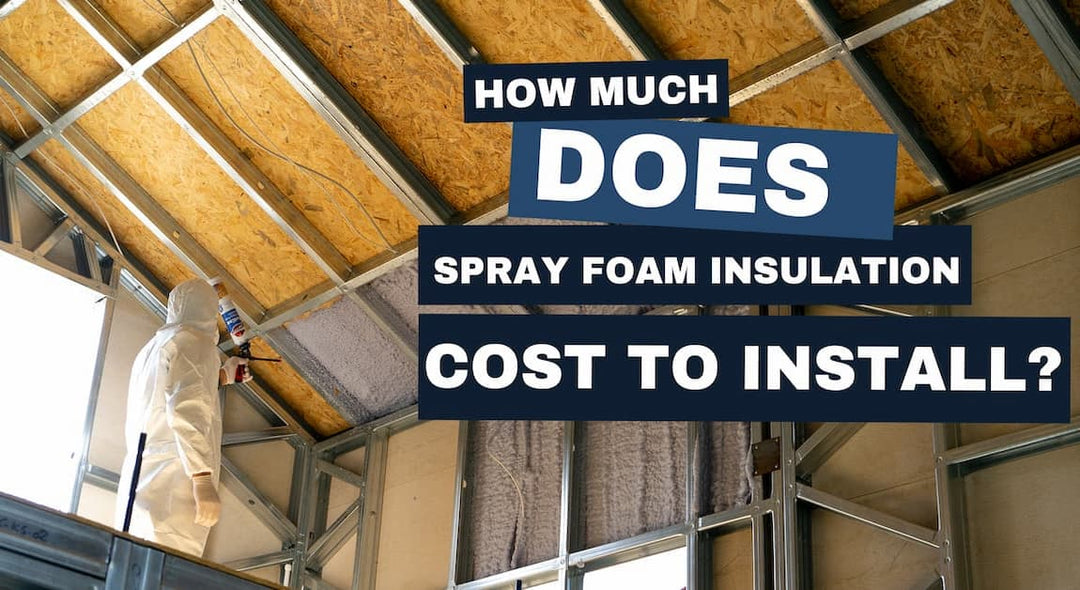
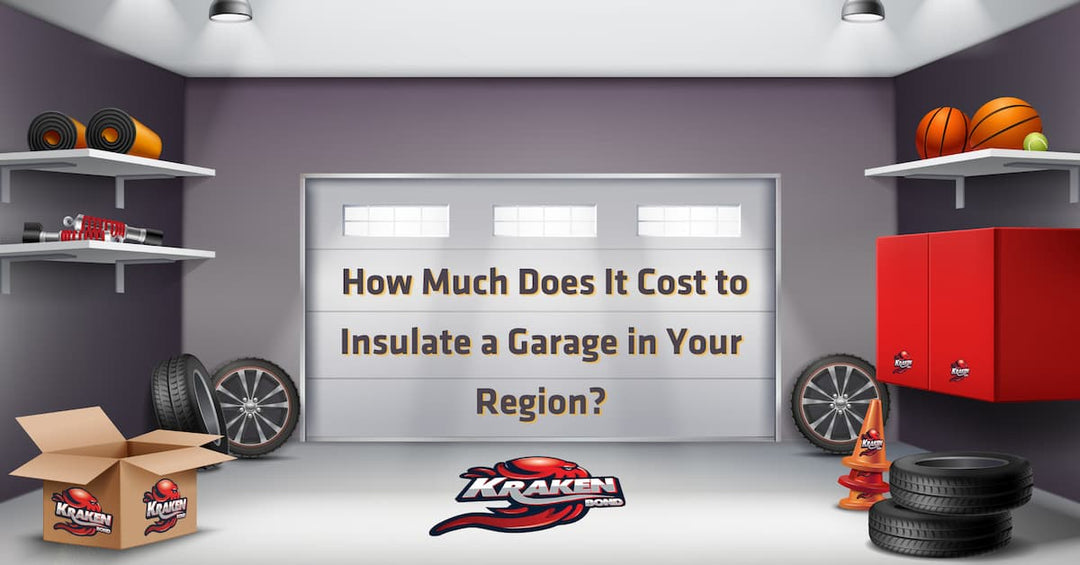
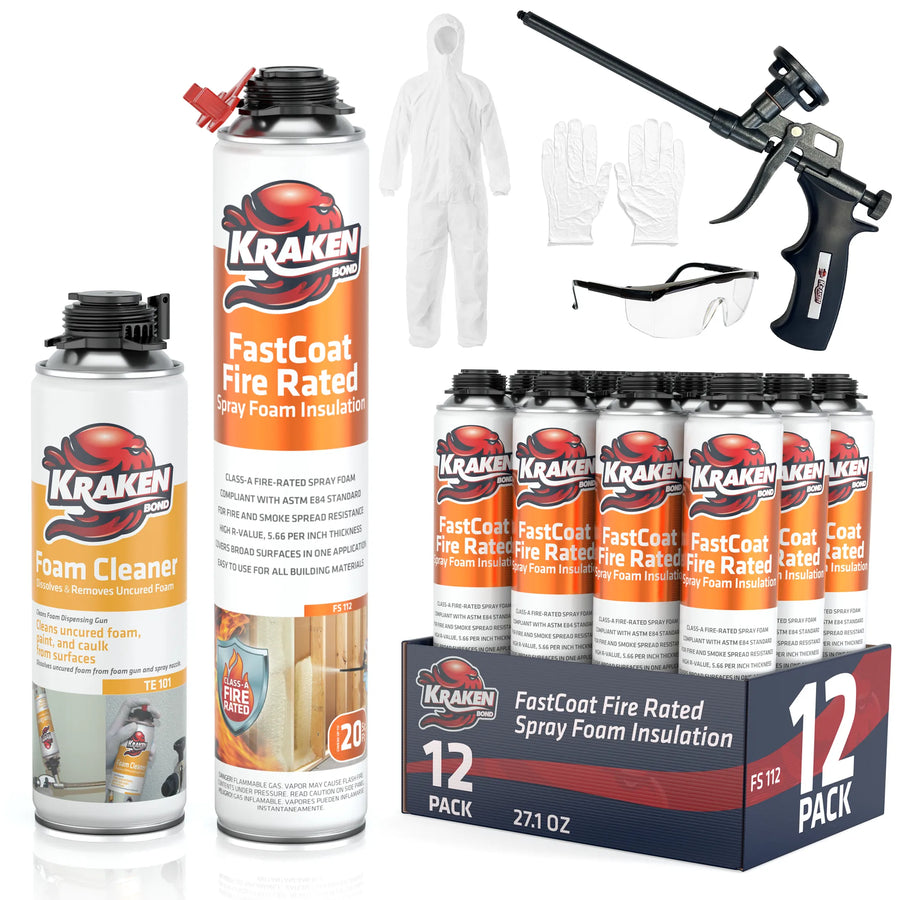







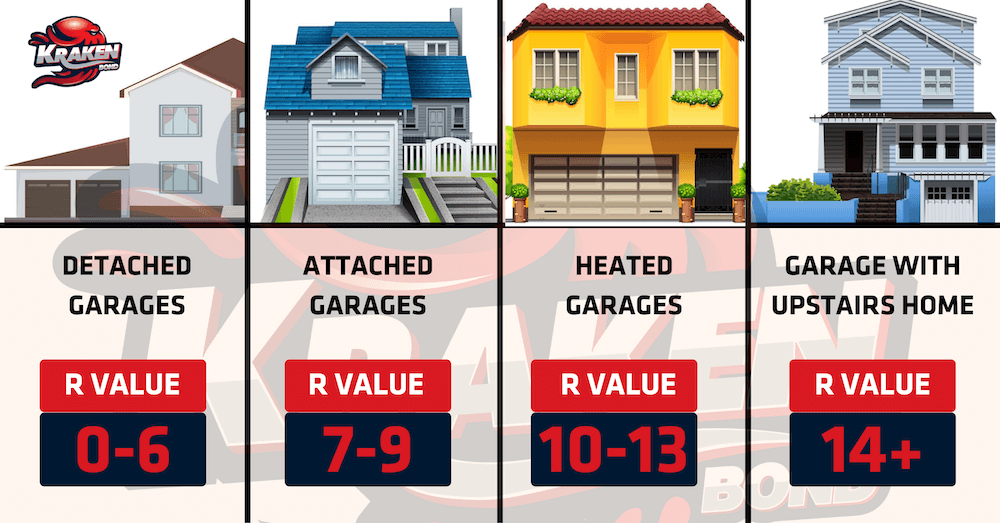
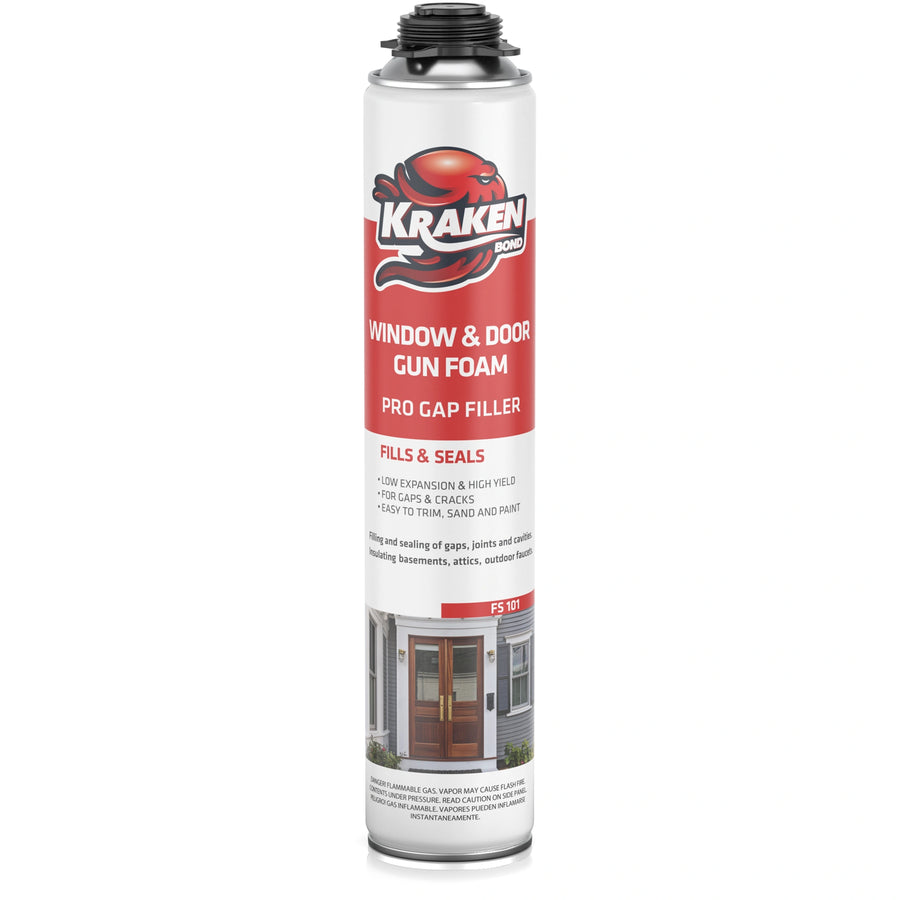
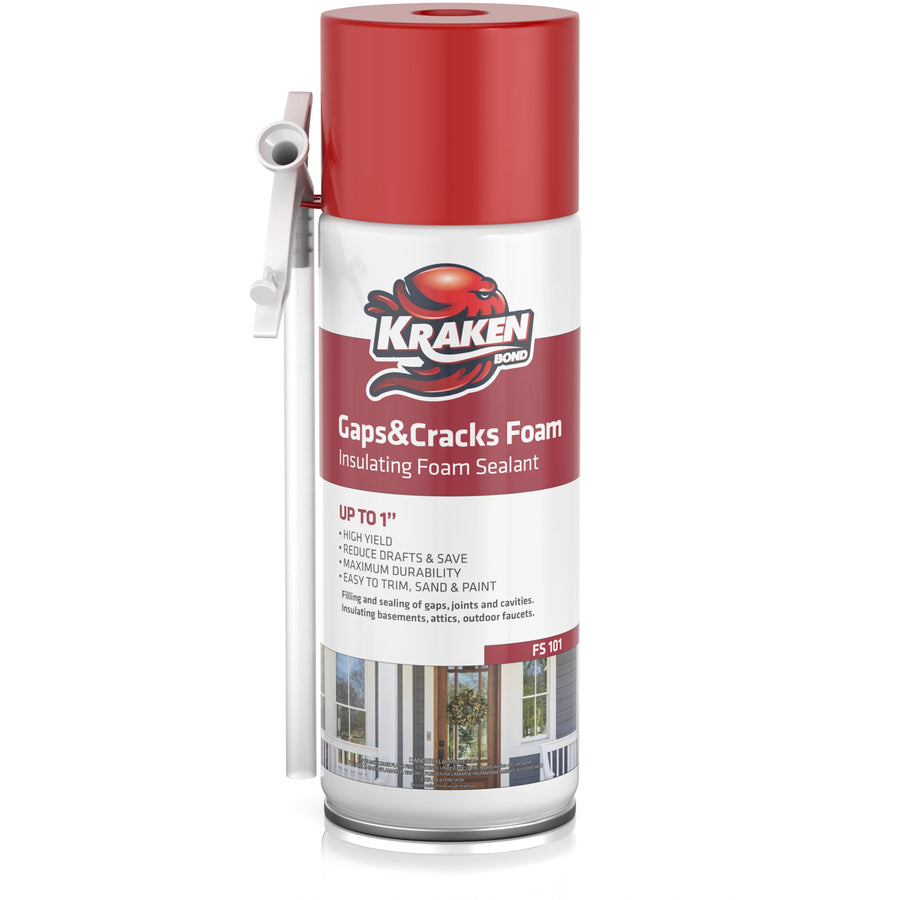
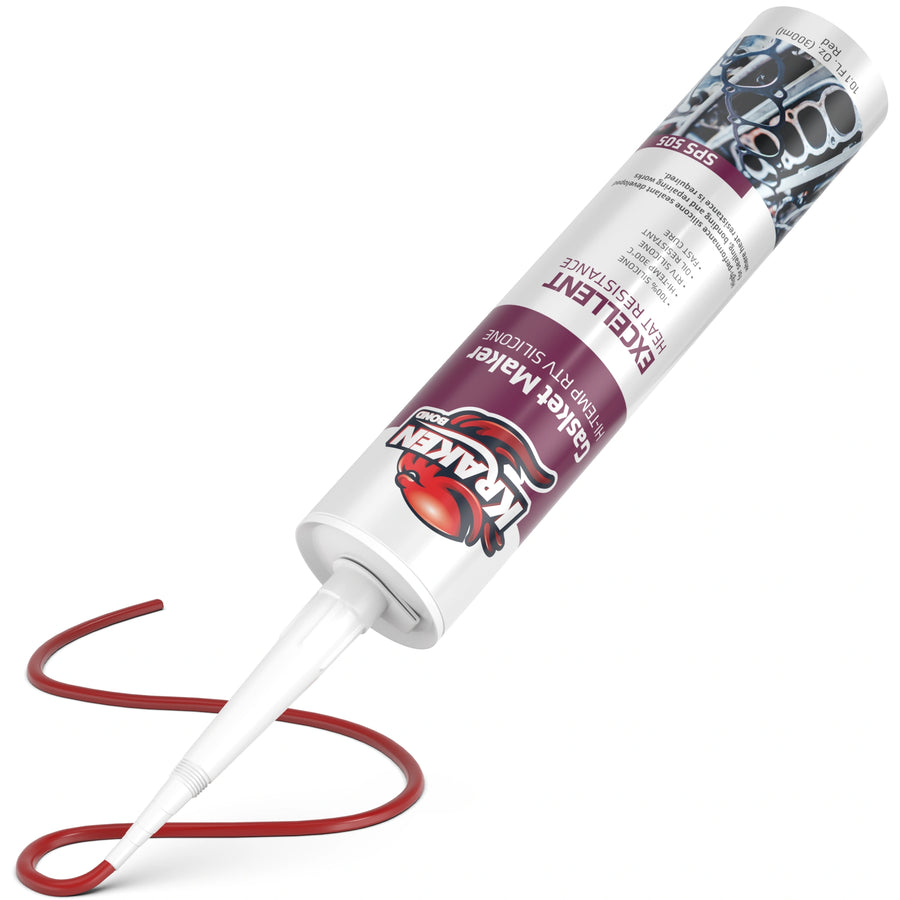
Leave a comment